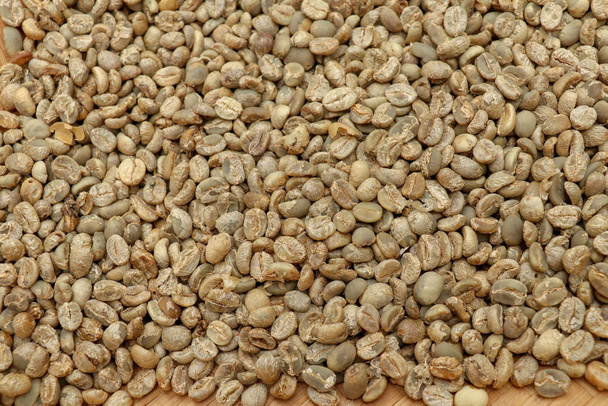Western Ethiopia
- Home
- Western Ethiopia
Western Ethiopia
Gambela National Park
Gambela National Park, is the largest national park in Ethiopia, covering an area of 5,016 square kilometers. It’s located several hundred kilometers from Addis Ababa and was established in 1974.
The park is home to a diverse range of wildlife. Sixty-nine mammal species are found in the protected area, including African elephant, African buffalo, bushpig, common warthog, Nubian giraffe, hippopotamus, Nile lechwe, tiang, waterbuck, cheetah, leopard, lion, mantled guereza, olive baboon, patas monkey and spotted hyena. The park also hosts herds of Bohor reedbuck, bushbuck, Lelwel hartebeest, oribi, reedbuck, roan antelope, and white-eared kob. The white-eared kob migration is Africa’s second largest mammal migration. In 2015, African Parks and the Ethiopian Wildlife Conservation Authority surveyed the park’s giraffe population for the first time and estimated there were between 100 and 120 giraffes. Gambella’s giraffes are classified as the Nubian subspecies.
Three hundred and twenty-seven bird species have been recorded in the park. Some of these include the African skimmer, black-faced firefinch, Carmine bee-eater, cisticolas, crowned cranes, Egyptian plover, exclamatory paradise whydah, African green bee-eater, pelicans, approximately 40 species of raptors, red-necked buzzard, red-throated bee-eater, storks, warblers and vultures.
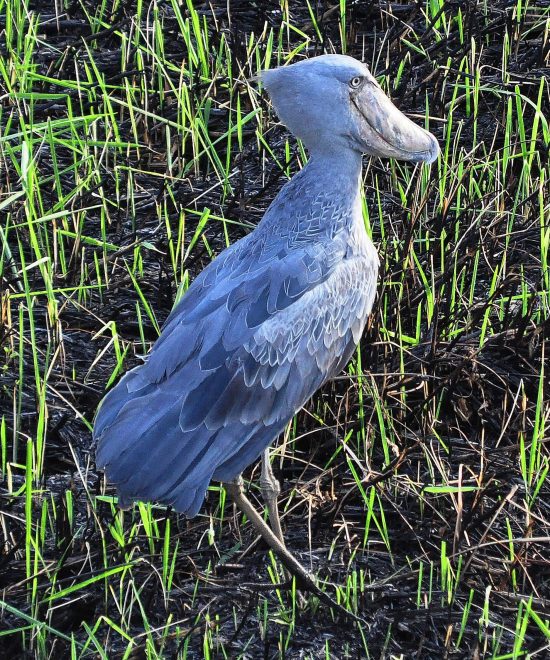
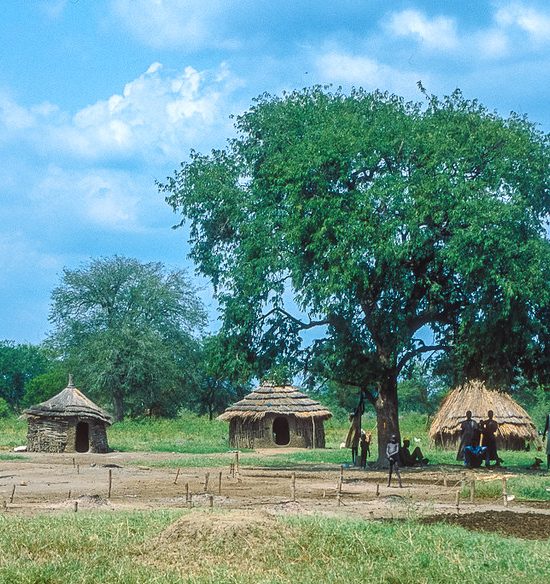
Neur Village
The Nuer people are a Nilotic ethnic group primarily concentrated in the Greater Upper Nile region of South Sudan, but they also live in the Ethiopian region of Gambella. They are the second largest ethnic group in South Sudan. The Nuer people are pastoralists who herd cattle for a living. Their cattle serve as companions and define their lifestyle.
The Nuer people have historically been undercounted because of their semi-nomadic lifestyle. They also have a culture of counting only older members of the family. For example, the Nuer believe that counting the number of cattle one has could result in misfortune and prefer to report fewer children than they have.
In terms of culture, cattle have historically been of the highest symbolic, religious, and economic value to the Nuer. The entire Nuer society is basically watching after each other, for example, when one household has a surplus, it is shared with neighbors.
Both the Anuak and Nuer have been off limits for tourists because of tribal warfare. It is now considered “safe” depending on the local situation. But you still need permits and guides. Anuak guide for the Anuak people; Nuer guide for the Nuer people. Both ethnic groups are extremely tall, with average heights over seven feet for men and six feet for women.
Gibe Sheleko National Park
Gibe Sheleko National Park is a national park located in Western Ethiopia. It was established in 2011 and covers an area of 360 square kilometers. The park includes parts of the upland plateau, the Gibe River gorge area, and patches of endemic forest.
The park is home to a diverse range of wildlife, including 17 mammal species such as the greater kudu and a few hippos in the river valley. The birdwatching in the park is also excellent, with over 200 species recorded, including the red-winged pytilia and white-winged cliff chat.
The park headquarters is located just beyond the town of Welkite, which is 178km west of Addis Ababa. There are two basic campsites in the park, and a range of accommodation is available in the nearby town of Welkite.
Despite being relatively new and not yet receiving many visitors, the park is open for business and well worth a visit. The views off the plateau and down to the Wabe Plains are spectacular, and to make the most of the scenery, you can hire guides from the park office for day-long or multi-day hikes.
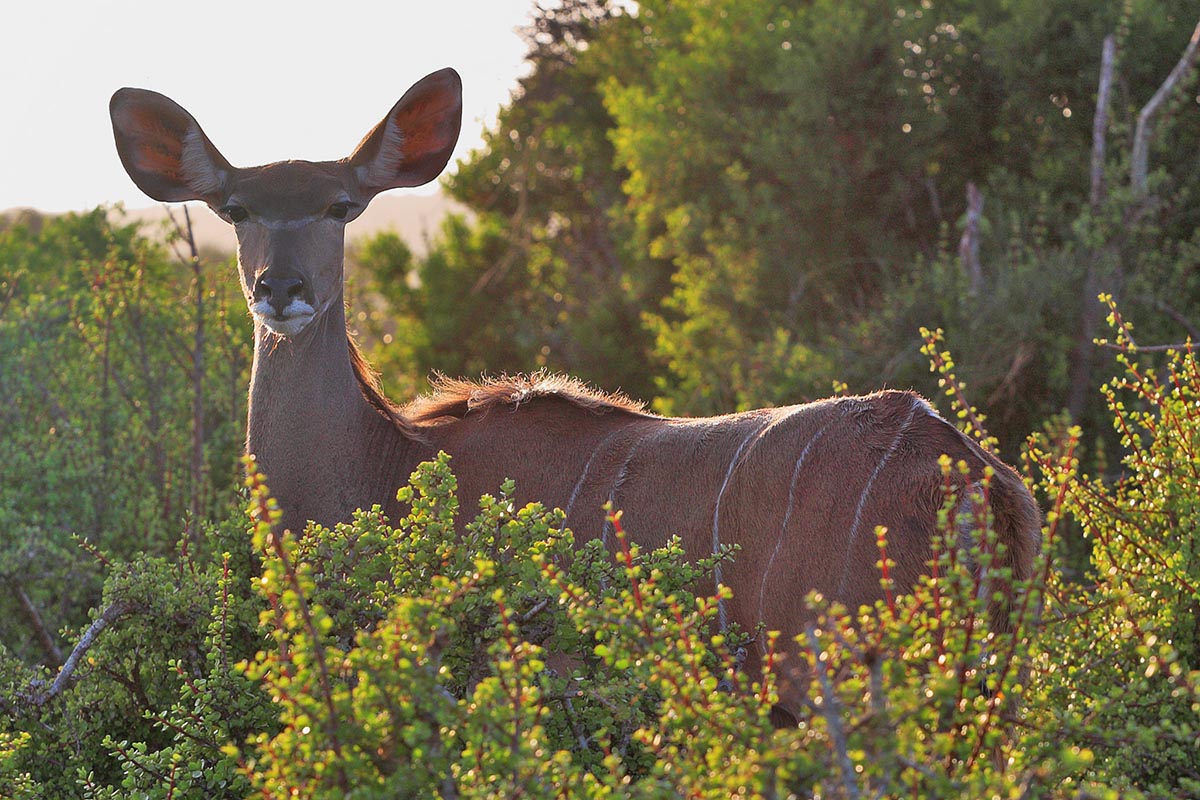
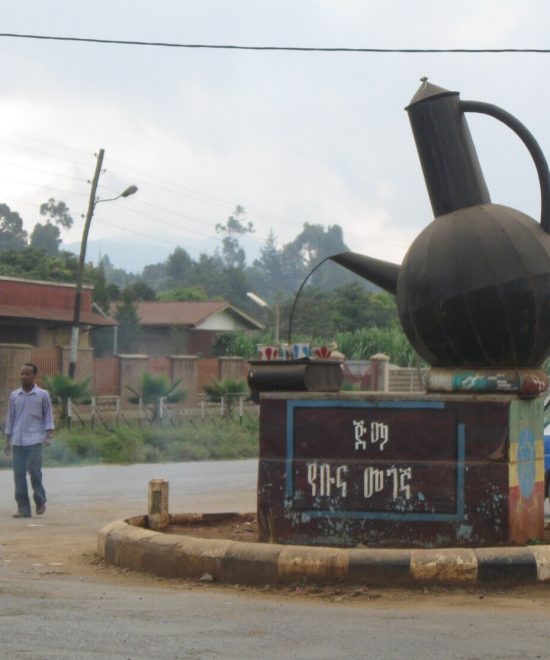
Jimma
Jimma is the largest city in the southwestern Oromia Region of Ethiopia. It is a special zone of the Oromia Region and is surrounded by the Jimma Zone. The city is named after the 19th-century Islamic kingdom of Jimma, which lay at the meeting point of several trade routes.
The city is known for its lively atmosphere and warm location in the fertile western highlands. It is the capital of a coffee-producing area and offers excellent tourist facilities. The historical Jimma Aba Jifar palace, perched on a staggering mesa, is an ideal cultural stopover in the city. Constructed with an amazing mix of wooden and masonry structures, the compound keeps an age-old mosque, palace, and living quarters.
The Jimma museum in the center of the city is also one of the places of interest. It houses superb collections that provide insights into the region’s rich history and culture. The city also offers a nearby patch of forest inhabited by the spectacular colobus monkey, and out-of-town Lake Boye with its resident hippos.
Jimma was considered the most powerful militarily of the Gibe kingdoms during its time. The Kingdom of Jimma had its own administration, which was centered at the royal palace. Today, it continues to be a vibrant city that beautifully blends its historical past with modern developments.
Kaffa coffee
Kaffa coffee is named after the Kaffa region in southwestern Ethiopia, which is considered the birthplace of the Arabica coffee plant. This region is home to countless varieties of coffee that grow wild in the deep forests, between 1,400 to 2,100 meters above sea level. The coffee plants are not cultivated or maintained, but grow naturally in this environment.
One of the notable coffee farms in the Kaffa region is the Gushe Buna farm. It was established in 2011 and is currently involved in coffee plantation development. The farm began producing sun-dried green coffee beans and supplying them to the Ethiopian Commodity Exchange (ECX). Since 2013, the farm has planned to export its products directly to the global specialty coffee market.
Another significant farm in the Kaffa region is the Tega & Tula farm, named after the two nearby villages of Tega and Tula. The total farm area is 500 hectares in size, with nearly 400 hectares planted in coffee. The plantation produces washed, sun-dried Arabica Coffee at specialty grade and yields on average 500 tons of coffee annually.
These farms are part of a rich tradition of Ethiopian coffee culture and offer a unique taste experience that is deeply rooted in its place of origin.
